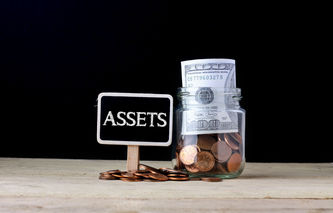Definition
The term cash flow to debt ratio refers to a metric that allows the investor-analyst to understand if a company generates enough cash flow to support their debt payments. If the calculated ratio is less than 1.0, then the company may be financially stressed since they may not be able to meet their upcoming debt obligations.
Calculation
Cash Flow to Debt Payments Ratio = Cash Flow / (Debt Payments + Lease Obligations)
Where:
Cash flow is equal to is equal to net income plus non-cash expenses (such as depreciation and amortization) minus non-cash sales.
Explanation
Cash flow measures allow the investor-analyst to understand if the company is generating enough cash flow from ongoing operations to keep the company in a financially sound position over the long term. One of the ways to understand the ability of a company to meet its debt obligations is by calculating its cash flow to debt payments ratio.
By calculating a company's cash flow to debt payments ratio, the investor-analyst can understand if the company's cash flow is sufficient to repay its pending debt obligations. If the ratio is less than 2.0, the company may be classified as financially distressed, since an expected ratio should be above 2.0. The cash flow to debt ratio is an excellent metric to use as an industry benchmark, allowing a comparison between the target company and its peer group.
When using historical projections to forecast cash flow, the investor-analyst must be wary of one-time events that can either hurt or help this metric. The same is true of debt payments, which can fluctuate within and between accounting periods.
Example
Company ABC's CFO would like to understand the company's ability to meet its pending debt and lease payments. She asked her analytical team to calculate the company's cash flow to debt repayment ratio to better understand the company's financial health. The analysts pulled two quarters of actual data as well as the upcoming quarter's forecast, which appears in the table below.
Q3A | Q4A | Q1F | |
Cash Flow | $6,875,000 | $7,219,000 | $7,002,000 |
Debt Payments | $2,538,000 | $2,772,000 | $2,689,000 |
Lease Payments | $102,000 | $111,000 | $108,000 |
Total Debt Payments | $2,640,000 | $2,883,000 | $2,797,000 |
Cash Flow to Debt Repayments | 2.6 | 2.5 | 2.5 |
Not only was the ratio found to be sufficiently in excess of 1.0, the values compared favorably to the industry average of 2.3.




